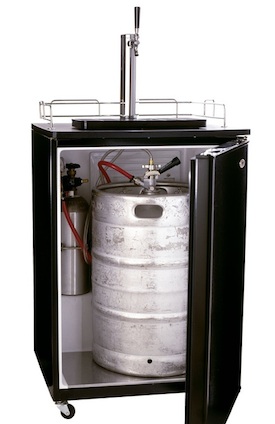
Popular standards flow from the lowest common denominator.
From Ericsson’s 50 billion node mobile universe to Qualcomm’s 1,000X meme, there’s been no shortage of grand vision for machine-to-machine (M2M) connectivity at CES. Meaningful standards are lacking, but at least a consensus seems to be building around what to call it: the Internet of things – IoT.
Since it’ll be using the same, old Internet, there’s no particular worry about how to deliver data from point A to point B, and back again. Work needs to be done on standardising wireless access to networks, including mobile gateways, but that’s a finite problem, both in terms of technological alternatives and the entities that need to agree on them.
The biggest hurdle right now is figuring out a protocol for interaction amongst devices that’s as universally acceptable as hypertext transfer protocol is for human-to-machine interaction.
AllJoyn is a rising contender for that role. Originally developed as an open source project by Qualcomm, it’s now been transferred to the custodianship of the Linux Foundation, which in turn has rolled it into the AllSeen Alliance, whose members…
…will contribute software and engineering resources as part of their collaboration on an open software framework that enables hardware manufacturers, service providers and software developers to create interoperable devices and services. This open source framework allows ad hoc systems to seamlessly discover, dynamically connect and interact with nearby products regardless of brand, transport layer, platform or operating system.
Qualcomm is a premier member, of course, as are LG, Sharp, Panasonic and Haier, all of which are in the business of making dull, reliable and absolutely necessary appliances like refrigerators, dryers and air conditioners. If white goods manufacturers continue to sign on with AllJoyn/AllSeen, it could become the de facto standard for consumer-grade M2M/IoT products by cornering an industry segment that makes a virtue out of short attention spans and long replacement cycles. It could also inject pizzazz into white goods – who knows, the superstar at a future CES could even be a dishwasher, instead of the usual gonzo-sized video screen.
The Linux Foundation has already made inroads into the appliance business with Tizen, bringing Samsung and Intel into the mix, at least on the operating system side. World wide washing, anyone?
